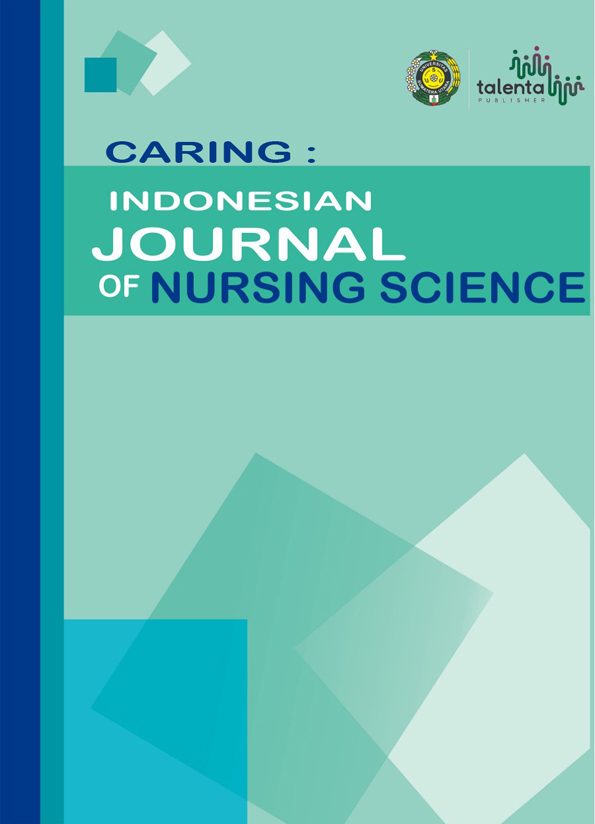Knowledge The Use of Continous Positive Airway Pressure (CPAP) In Neonatus
DOI:
https://doi.org/10.32734/ijns.v1i2.3249Keywords:
neonatus, knowledge, used of CPAPAbstract
CPAP maintains the positive pressure of the baby's airways during spontaneous, simple, and effective breathing. The use of CPAP decreases breathing difficulties, reduces dependence on oxygen, helps repair and maintains lung residual capacity, prevents upper airway obstruction and prevents lung collapse. Good CPAP behaviour reduces the risk or complications that occur in neonates such as nasal injuries, pneumothoracs and gastric distension. The purpose of this study was to determine the relationship of knowledge with CPAP usage behaviour in neonates in the NICU room at X Bekasi Hospital and Depok Y Hospital. Quantitative research methods, descriptive analytic design. A total sampling of 30 nurse respondents worked in the NICU room in X Bekasi Hospital and Depok Y Hospital. Measuring instruments using a questionnaire. Statistical tests with Chi Square, Kendals Tau B and Kendals Tau C. The results of the majority of respondents aged 26-35 years 53.3%, D3 Nursing education 90%, working period between 1-5 years 40%, and those who have attended training 73 , 3%. There was no significant relationship between age (p = 0.136), education (p = 0.897), years of service (p = 0.099), training (p = 0.322), knowledge (p = 0.284) with CPAP usage behaviour in neonates. It is hoped that this research can improve nurses 'knowledge in caring for neonates by using respiratory aids, CPAP by conducting continuous training to improve nurses' behaviour in preventing complications.Keywords: neonates, knowledge, CPAP usage








